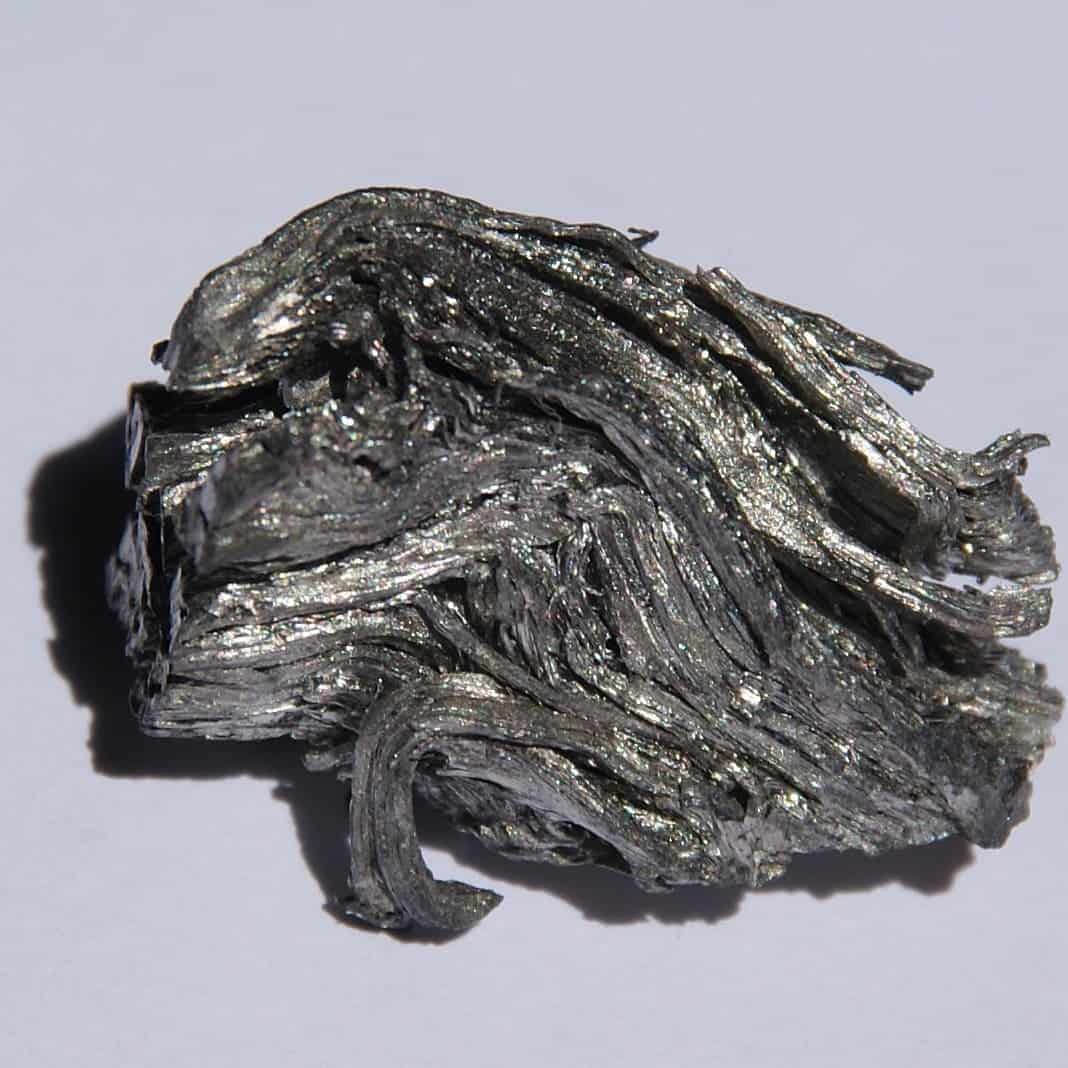A team of researchers has created the smallest and most efficient hard drive in existence using only two atoms. This technology is currently extremely limited in the amount of data it can store, but the technique could provide much better storage when scaled up.
Hard drives store data as magnetic fields along a disk housed inside the drive. It’s split into tiny pieces and each acts like a bar magnet, with the field pointing either up or down (1 or 0) to store binary information. The smaller you can make these areas, the more data you can cram onto the disk — but you can’t make them too small, or you risk making them unstable so the 1’s and 0’s they store can and will switch around.
What if you used magnets that remained stable even when made to be really tiny? Well, those of you that remember physics 101 will know that cutting a magnet in two makes two smaller magnets. Cut them again in half and you get four, then eight and so on smaller magnets — but they also become less stable.
But a team of researchers has now created something which seems to defy all odds: stable magnets from single atoms. In a new paper, they describe how using these tiny things they created an atomic hard drive, with the same functionality as a traditional drive, but limited to 2 bits of data storage.
Current commercially-available technology allows for one bit of data to be stored in roughly one million atoms — although this number has been reduced to 1 in 12 in experimental settings. This single-atom approach allows for one bit of data to be stored in one single atom. A scaled-up version of this system will likely be less efficient, but could increase current storage density by a factor of 1,000, says Swiss Federal Institute of Technology (EPFL) physicist and first author Fabian Natterer.
Holmium bits

Looks hairy.
Image source Images of Elements / Wikipedia.
Natterer and his team used holmium atoms, a rare-earth metal, placed on a sheet of magnesium oxide and cooled to below 5 degrees Kelvin. Holmium was selected because it has many unpaired electrons (which creates a strong magnetic field) sitting in a close orbit to the atom’s nucleus (so they’re relatively well protected from outside factors). These two properties taken together give holmium a strong and stable magnetic field, Natter explains, but it also makes the element frustratingly difficult to interact with.
The team used a pulse of electric current released from the magnetized tip of scanning tunneling microscope to flip the atoms’ field orientation — essentially writing data into the atoms. Testing showed that these atomic magnets could retain their state for several hours, and showed no case of spontaneous flip. The same microscope was used to then read the bits stored in the atoms. To double-check that the data could be reliably read, the team also devised a second read-out method. By placing an iron atom close to the magnets and tuning it so that its electronic properties depended on the orientations of the 2-bit systems. This approach allowed the team to read out multiple bits at the same time, making for a faster and less invasive method than the microscope reading technique, Otte said.
It works, but the system is far from being practical. Two bits is an extremely low level of data storage compared to every other storage method. Natterer says that he and his colleagues are working on ways to make large arrays of single-atom magnets to scale-up the amount of data which can be encoded into the drives.
But the merits and possibilities of single-atom magnets shouldn’t be overlooked, either. In the future, Natterer plans to observe three mini-magnets that are oriented so their fields are in competition with each other, making each other continually flip.
“You can now play around with these single-atom magnets, using them like Legos, to build up magnetic structures from scratch,” he says.
Other physicists are sure to continue research into these magnets as well.
The full paper “Reading and writing single-atom magnets” has been published in the journal Nature.










